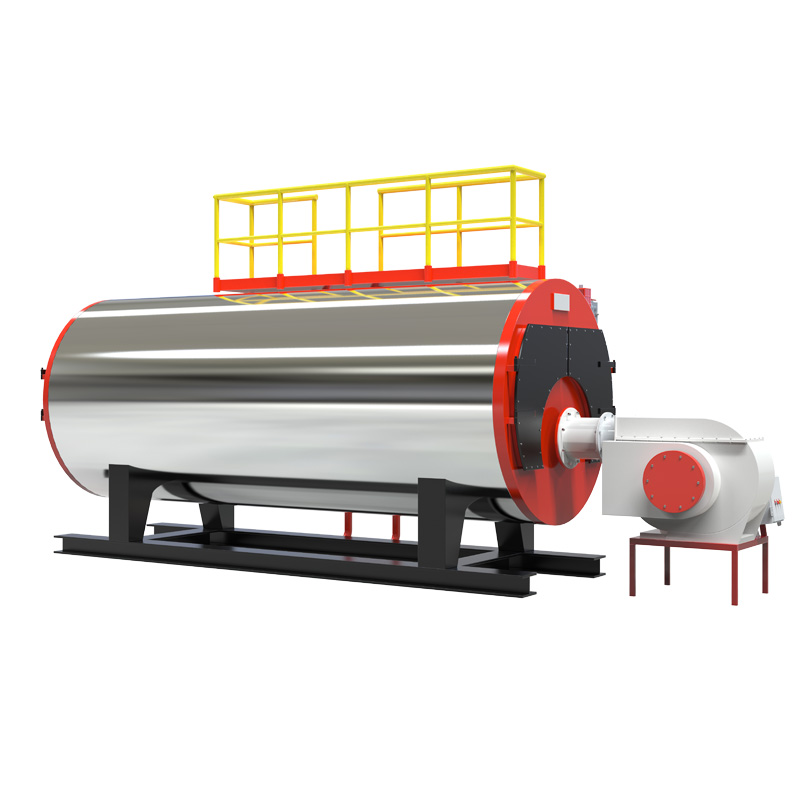
सेप . 26, 2024 05:47 Back to list
how to adjust water level in steam boiler
How to Adjust Water Level in a Steam Boiler
Maintaining the correct water level in a steam boiler is crucial for its efficient operation and longevity. A steam boiler is designed to generate steam by heating water, but if the water level is not properly managed, it can lead to several operational issues, potentially damaging the boiler or causing unsafe conditions. In this article, we will discuss why adjusting the water level is important and outline the steps to correctly manage the water level in a steam boiler.
Why is Water Level Important?
The water level in a steam boiler is vital for several reasons
1. Safety A low water level can lead to overheating, which can result in severe damage to the boiler components and increase the risk of explosions or failures. Conversely, a high water level can cause water to carry over into the steam line, which can damage equipment and lead to inefficient steam production.
2. Efficiency The efficiency of a steam boiler is highly dependent on maintaining the correct water level. If the water level is too low, the boiler will have to work harder to produce steam, leading to increased fuel consumption and operating costs. On the other hand, excessive water can cause energy wastage and affect steam quality.
3. Equipment Longevity Proper water levels help avoid excessive wear and tear on the boiler components, extending its lifespan and reducing maintenance costs. Maintaining optimal water levels prevents corrosion and scale buildup, which can impair the boiler's functionality.
Steps to Adjust Water Level in a Steam Boiler
1. Monitoring Water Level Regular monitoring of the boiler's water level is essential. Most boilers are equipped with a sight glass or level gauge that allows operators to easily observe the water level. It is advisable to check the water level at regular intervals, especially during startup and shutdown phases.
how to adjust water level in steam boiler

2. Drainage and Filling Systems Understanding the drainage and filling systems is crucial. A boiler typically has a feedwater system that automatically fills the boiler when the water level drops below a certain point. Conversely, a blowdown valve allows operators to remove excess water and sediments when the level rises too high.
3. Adjusting Feedwater Supply If the water level is consistently low, the feedwater supply may need adjustment. Check the feedwater pump's operation. Ensure it is functioning correctly and providing adequate water. If necessary, adjust the flow rate using the control valves to increase water supply.
4. Conduct Blowdown Procedures When the water level is too high, or if there is an accumulation of sediment, perform a blowdown procedure. This involves opening the blowdown valve to release a controlled amount of water. Be careful to follow the manufacturer’s guidelines regarding the amount of water to be released and the frequency of blowdown to avoid thermal shock.
5. Use Automatic Level Controls To maintain a stable water level, consider using automatic level control systems. These systems can automatically adjust the feedwater flow based on the current water level. Using such technology can enhance operational efficiency and reduce manual monitoring.
6. Regular Maintenance Ensure regular maintenance of the boiler and its components, including the water level sensors and controls. Faulty sensors can give inaccurate readings, leading to improper water level management.
7. Training Proper training for the personnel operating the boiler is essential. Operators should understand how to manage water levels effectively, recognizing indicators of low or high water levels, and knowing how to adjust systems appropriately.
Conclusion
Adjusting the water level in a steam boiler is a critical aspect of boiler operation management. By maintaining optimal water levels, operators can ensure the safe, efficient, and prolonged operation of the steam boiler. Through regular monitoring, proper adjustments to feedwater supply, systematic blowdown procedures, and embracing advanced control technologies, the risks associated with improper water levels can be significantly minimized. Ultimately, a proactive approach towards water level management will lead to enhanced safety, efficiency, and cost-effectiveness in steam boiler operations.
-
High-Efficiency Commercial Oil Fired Steam Boiler for Industry
NewsJul.30,2025
-
High-Efficiency Biomass Fired Thermal Oil Boiler Solutions
NewsJul.30,2025
-
High Efficiency Gas Fired Thermal Oil Boiler for Industrial Heating
NewsJul.29,2025
-
High-Efficiency Gas Fired Hot Water Boiler for Sale – Reliable & Affordable
NewsJul.29,2025
-
High Efficiency Biomass Fired Hot Water Boiler for Industrial and Commercial Use
NewsJul.29,2025
-
High-Efficiency Biomass Fired Hot Water Boiler for Industrial Use
NewsJul.28,2025
Related PRODUCTS






















